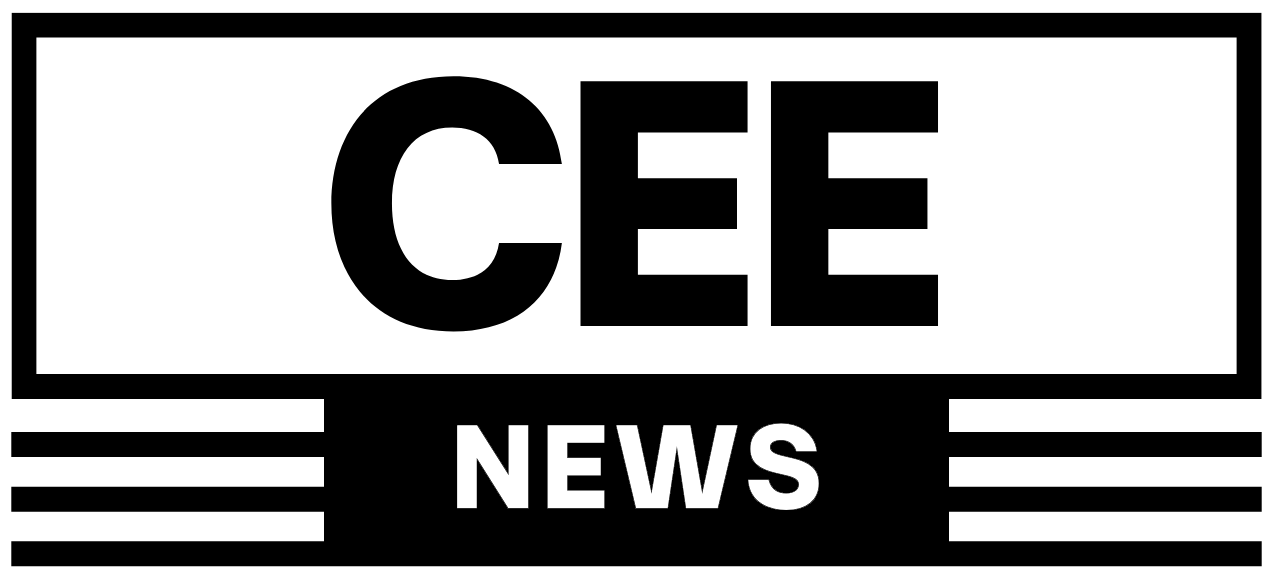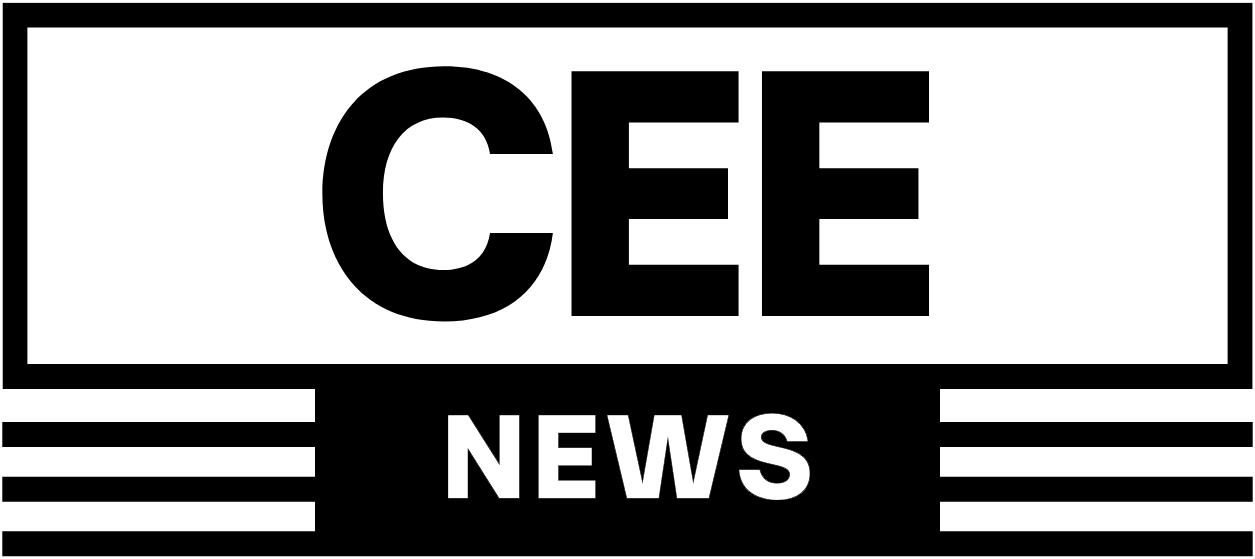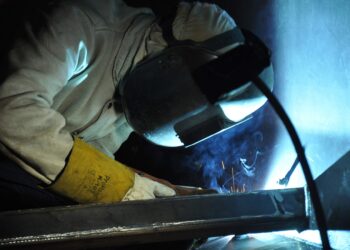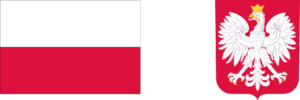The prospect of Moldova uniting with Romania is one of the most intriguing and contentious geopolitical questions in Eastern Europe. While it evokes a strong emotional and historical connection for some, it also reveals deep divisions within Moldovan society and exposes the country to competing external influences, particularly from Russia and the European Union. Understanding whether such a unification is possible requires a careful exploration of historical ties, internal political dynamics, and the broader geostrategic environment in which Moldova finds itself today.
Historically, Moldova and Romania were united following World War I, when Bessarabia—then part of the Russian Empire—declared union with Romania in 1918. This union lasted until 1940, when, under the terms of the Molotov-Ribbentrop Pact, the Soviet Union annexed the region, forming the Moldavian SSR. During the Soviet era, a distinct Moldovan identity was promoted in contrast to Romanian identity, despite the two sharing the same language and culture. The authorities suppressed Romanian heritage, enforced Cyrillic script, and propagated the notion of a separate Moldovan people. These efforts left a lasting legacy on the country’s national consciousness, even after Moldova declared independence in 1991.
Since independence, Moldova’s identity crisis has remained unresolved. The country has oscillated between a pro-European path and a more Russophile orientation, a tug-of-war reflected in both its political leadership and its populace. While a significant portion of Moldovans identify culturally as Romanian, others see themselves as distinct and resist the idea of unification. Language, too, remains a symbol of this duality. Though the Moldovan Constitution long referred to the state language as „Moldovan,” the Constitutional Court ruled in 2013 that Romanian is the official language—a decision formally acknowledged by parliament in 2023. This change marked a symbolic step toward Romania, but also reignited debates about identity and sovereignty.
Public opinion on unification is deeply divided and fluctuates over time. Polls conducted by the Institute for Public Policy in Chișinău and other organizations such as Barometrul Opiniei Publice indicate that support for unification generally hovers around 30–40%, with higher support among young people and those living abroad, particularly in Romania. At the same time, large segments of society, especially in rural areas, remain skeptical or opposed. Political leadership has also been cautious. President Maia Sandu, while strongly pro-European, has not made unification a political priority, instead focusing on strengthening institutions and pursuing EU accession.
The most significant external factor affecting Moldova’s future is Russia’s continued influence in the region. Russia maintains a military presence in the breakaway region of Transnistria and supports pro-Russian political forces within Moldova. Through energy dependence, media propaganda, and strategic alliances, Moscow seeks to keep Moldova within its sphere of influence and views any move toward unification with NATO-member Romania as a threat. The Kremlin’s opposition is not merely ideological—it is strategic. A united Romania-Moldova would effectively extend NATO and the EU to Russia’s southwestern border, something the Russian leadership has long sought to prevent.
The European Union, by contrast, has embraced Moldova’s aspirations for integration. Moldova signed an Association Agreement with the EU in 2014 and was granted candidate status in 2022. Romania has played a key role in supporting Moldova’s European trajectory, offering economic aid, educational exchanges, and political advocacy. Yet the EU is wary of endorsing unification, preferring a gradual process of integration that respects Moldova’s internal democratic processes and avoids provoking Moscow unnecessarily. NATO, too, remains cautious, especially given the unresolved status of Transnistria and the risk of escalating tensions.
The war in Ukraine has had a paradoxical effect. On one hand, it has heightened Moldovan fears of Russian aggression and boosted support for European integration. On the other, it has deepened regional instability and complicated the path toward unification. Russia’s invasion of Ukraine has made clear the costs of geopolitical miscalculation, and Moldovan leaders have become more cautious in navigating their country’s future.
Several scenarios could unfold. A formal unification with Romania remains a distant but not impossible goal, contingent on broad public support, the resolution of the Transnistrian conflict, and a favorable international climate. A more likely near-term scenario is the deepening of bilateral ties within the framework of EU integration—what some scholars refer to as „virtual unification.” Under this model, Moldova would retain its sovereignty while aligning more closely with Romania through joint infrastructure, education, energy, and administrative projects. The third possibility is stagnation, where Moldova remains trapped between East and West, unable to fully commit to either path due to internal division and external pressure.
In conclusion, while Moldova’s unification with Romania is a vision rooted in shared language, culture, and history, it remains fraught with political, social, and geopolitical complexities. The process would require not only political will but also a societal consensus and strategic patience. In the short term, Moldova’s best hope lies in strengthening democratic institutions, building resilience against external interference, and continuing on the path toward European integration. Whether this journey will ultimately end in unification is uncertain—but the debate itself continues to shape Moldova’s national identity and its place in Europe.






